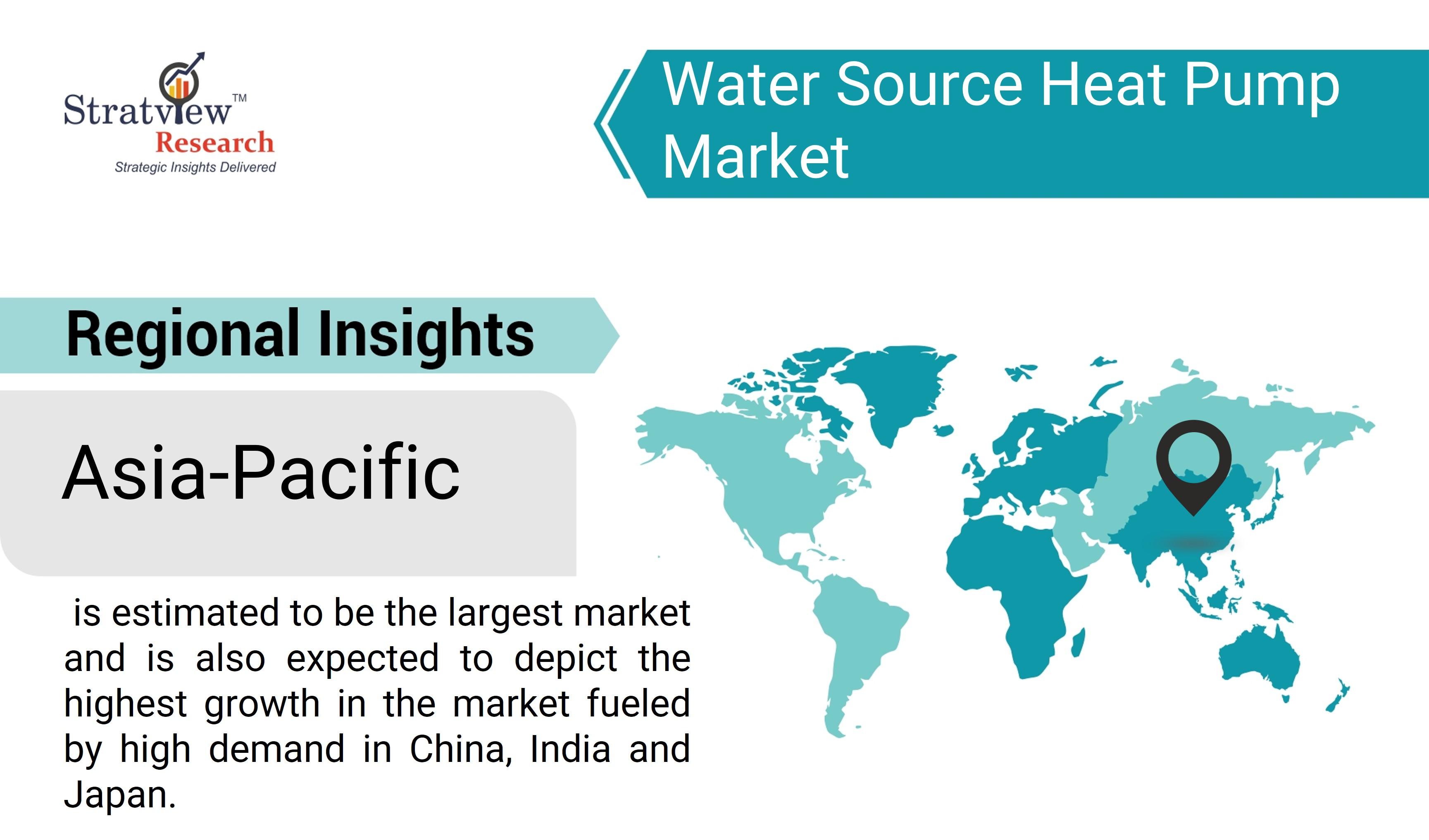The water source heat pump market is experiencing remarkable growth, driven by a combination of environmental, economic, and technological factors. These systems, which extract and transfer heat from water sources like lakes, rivers, and underground reservoirs, offer an energy-efficient and sustainable solution for heating and cooling. As the world focuses on reducing carbon emissions and enhancing energy efficiency, Water source heat pump are becoming increasingly attractive for residential, commercial, and industrial applications. This article highlights the top factors driving the growth of the water source heat pump market.
According to Stratview Research, the water source heat pump market was estimated at USD 990 million in 2023 and is likely to grow at a CAGR of 5.19% during 2024-2029 to reach USD 1345.75 million in 2029.
1. Rising Demand for Energy Efficiency
One of the key drivers of growth in the water source heat pump market is the rising global demand for energy-efficient heating and cooling systems. Water source heat pump are significantly more efficient than traditional HVAC systems because they rely on naturally available water sources to transfer heat, minimizing the need for external energy. This efficiency translates to lower energy consumption, reduced utility costs, and a smaller carbon footprint, making water source heat pumps a preferred choice for eco-conscious consumers and businesses.
As energy prices continue to fluctuate, the long-term savings offered by water source heat pump systems make them an appealing option for homeowners and commercial operators looking to optimize energy usage.
2. Government Incentives and Regulations
Governments around the world are introducing policies and incentives to promote the adoption of sustainable and energy-efficient technologies. Many countries offer tax credits, rebates, and subsidies for the installation of water source heat pump systems, encouraging both residential and commercial sectors to invest in these systems. In addition, regulations requiring stricter energy standards in new buildings have driven the integration of heat pumps, including water source heat pumps, into the construction industry.
For example, in Europe, the Renewable Energy Directive supports the adoption of renewable heating solutions like water source heat pumps, while in North America, initiatives such as the U.S. Department of Energy’s heat pump incentives are encouraging their uptake.
3. Technological Advancements
Technological innovations are another significant factor contributing to the growth of the water source heat pump market. Advances in heat pump technology have improved the efficiency, reliability, and durability of water source heat pump systems, making them more suitable for a wider range of applications. Smart technologies, such as automated controls and IoT-enabled monitoring, allow users to optimize system performance and reduce maintenance costs.
Furthermore, innovations in installation techniques and materials have lowered installation costs, helping overcome one of the key barriers to water source heat pump adoption.
4. Environmental Concerns and Climate Goals
The growing global emphasis on reducing greenhouse gas emissions and addressing climate change is driving the shift toward renewable energy solutions like water source heat pumps. These systems help reduce reliance on fossil fuels, aligning with international efforts to transition to cleaner energy sources. The sustainability benefits of water source heat pumps are particularly appealing to governments and organizations aiming to meet ambitious climate targets, such as those outlined in the Paris Agreement.
Conclusion
The water source heat pump market is poised for significant growth, propelled by increasing demand for energy efficiency, favorable government policies, technological innovations, and heightened environmental concerns. As more consumers and businesses seek sustainable and cost-effective heating and cooling solutions, water source heat pumps will play a crucial role in shaping the future of the global energy landscape.


